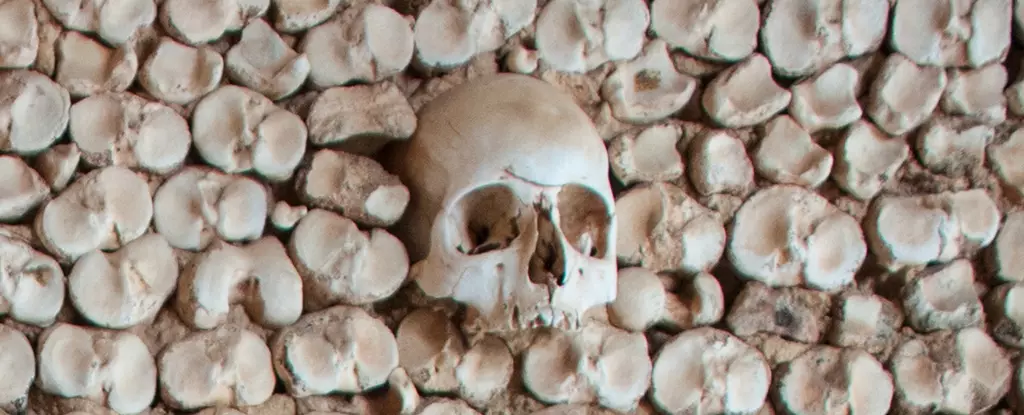The emergence of burial practices among early humans marks a significant moment in the evolution of social behaviors and cultural norms. Recent investigations into the burial customs of early Homo sapiens and their Neanderthal relatives, dating back approximately 120,000 years, illustrate that these closely related species may have shared some cultural traditions, yet exhibited distinct differences in their death rituals. This article explores the findings from a study conducted by researchers from Tel Aviv University and the University of Haifa, shedding light on the complex dynamics of burial practices in the Levant region.
The research asserts that both Homo sapiens and Neanderthals adopted burial practices around the same geographical area, hinting at potential cultural exchange or shared evolutionary traits. The Levant region, positioned strategically between Africa and Europe, appears to be a hotspot for early human development. Discovering that several of the burial sites predate Neanderthal burials found in Europe and Homo sapiens sites in Africa underscores the Levant’s role as a cradle of this cultural practice. The notion that burials may have originated here raises intriguing questions about societal structures and whether communal or family ties influenced these rituals.
The study highlights the dual nature of the relationship between Homo sapiens and Neanderthals. While hints of cultural overlap—such as joint burial practices—exist, there are indications of competition for resources in these early communities. The researchers propose that increased funerary activities coincided with rising competition for survival resources and living space. This aspect of their study presents a nuanced understanding of how these two species navigated their coexistence during a period characterized by environmental and societal pressures.
Despite shared burial practices, key differences emerge upon closer inspection. The study meticulously examined burial sites for signs of intentionality, such as grave goods and skeletal arrangements. Results show both groups buried individuals of all ages, albeit with Neanderthals displaying a higher frequency of infant burials. The diversity of grave goods found by researchers reflects differing value systems and beliefs about the afterlife. For example, Neanderthal burials predominantly used rocks, possibly as makeshift gravestones, whereas Homo sapiens integrated more decorative objects such as ochre and shell adornments—elements absent from Neanderthal graves.
The positioning of the bodies also varied notably between the two species. Many Homo sapiens were found in fetal-like positions, a potential indication of a symbolic representation of life and rebirth. In contrast, Neanderthal skeletons were observed in various arrangements, suggesting a different conceptualization of death and its significance. Such variations point towards the unique cultural identities of both species despite their shared ancestry.
Interestingly, the study notes a distinct decline in burial activities in the Levant following the extinction of Neanderthals around 50,000 years ago. This absence of burial practices for thousands of years prompts further investigation into the sociocultural dynamics at play. It raises questions about how the extinction of one species impacted the rituals of the surviving species and whether cultural practices underwent significant transformations in the wake of this ecological shift.
The resurgence of burial customs with the arrival of the Natufians at the end of the Paleolithic era suggests a dramatic cultural evolution tied to the advent of more sedentary lifestyles among early human societies. As hunter-gatherer groups transitioned to settled life, the nature of societal roles, relationships, and memorialization of the dead likely evolved, warranting further exploration in light of these earlier traditions.
Burial practices serve as a window into the complex social worlds of early Homo sapiens and Neanderthals. The analysis presented in the recent study elucidates how these ancient humans navigated their existences through shared customs and competition, intertwined with their perceptions of life and death. The rich tapestry of findings surrounding burial practices not only enhances our understanding of these species’ cultural development but also offers insights into the broader narrative of human evolution and societal transformation in the face of environmental and interspecies challenges. Continued research in this field promises to unveil deeper layers of our ancestral heritage, inviting us to reflect on the enduring human connection to death and remembrance.


Leave a Reply